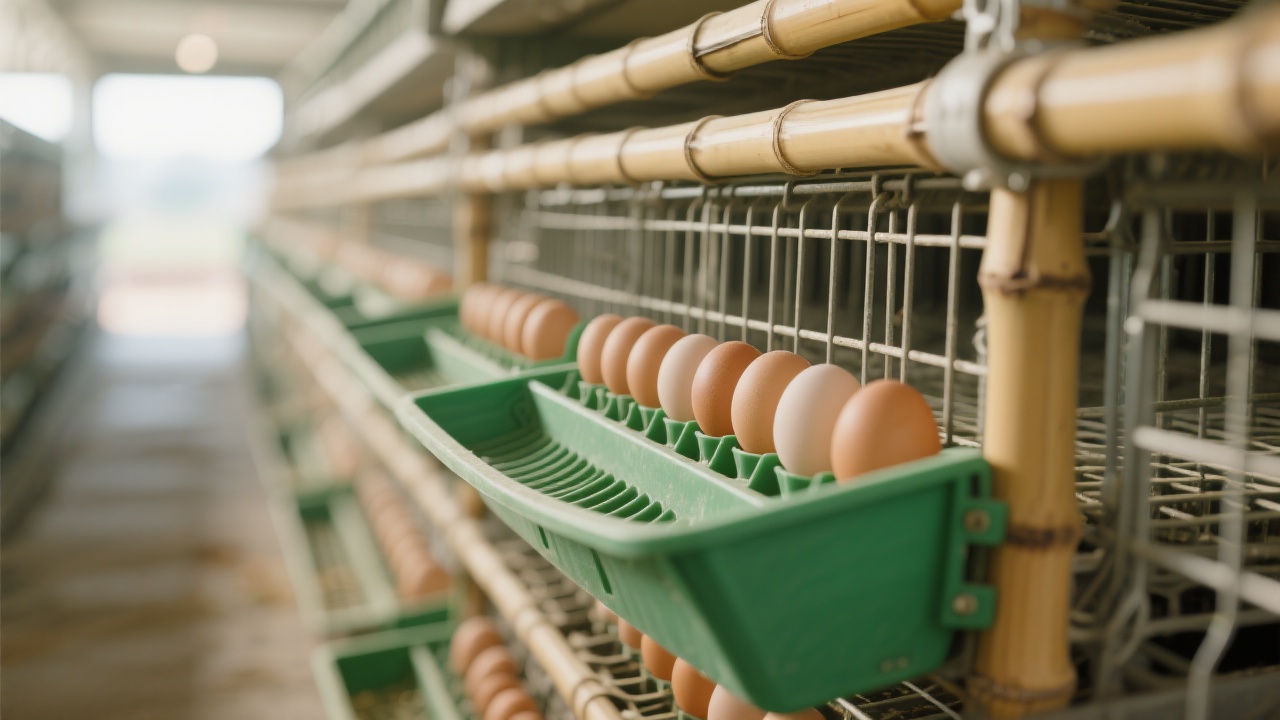
You're not alone if you're spending 2 hours a day cleaning manure — and still struggling with inconsistent egg production, rising labor costs, and tired staff. The good news? Automation isn’t just for big corporations anymore. It’s time to rethink how your farm operates.
According to industry data from the Global Poultry Association (2023), farms that adopted automated collection and waste removal systems saw an average reduction of 32% in labor costs within the first year. That’s more than just savings — it’s freedom to focus on what matters: flock health, feed efficiency, and long-term scalability.
Let’s break down why this shift works:
It’s not just about saving time — it’s about creating a better environment for both chickens and humans. In a case study from a 12,000-hen farm in Thailand:
“After installing our H-type system, we went from 2 workers per shift to 1 — and egg output rose by 5%. Our birds are calmer, and so are we.”
This kind of transformation is repeatable. Whether you’re managing 5,000 or 50,000 hens, the principles stay the same: plan your layout carefully, prioritize airflow and access, and choose equipment certified to ISO/CE standards.
| Mistake | Impact | Fix |
|---|---|---|
| Poor ventilation path | High ammonia buildup → poor egg quality | Design air intake at ceiling level, exhaust near floor |
| No buffer zone between cages | Maintenance delays, higher injury risk | Leave 60cm clearance for tools and movement |
| Ignoring electrical load | System failures during peak hours | Consult engineer before wiring setup |
These aren't hypotheticals — they’re lessons learned from real farms across Southeast Asia, Europe, and North America. What separates successful integrations from failed ones? Planning. And having a clear understanding of how each piece fits together.

If you’re ready to move beyond guesswork and start building a smarter operation, we’ve put together a free Layout Planning Template — tailored to your current setup and future goals. It includes everything from cage spacing recommendations to maintenance checklists based on actual field tests.

